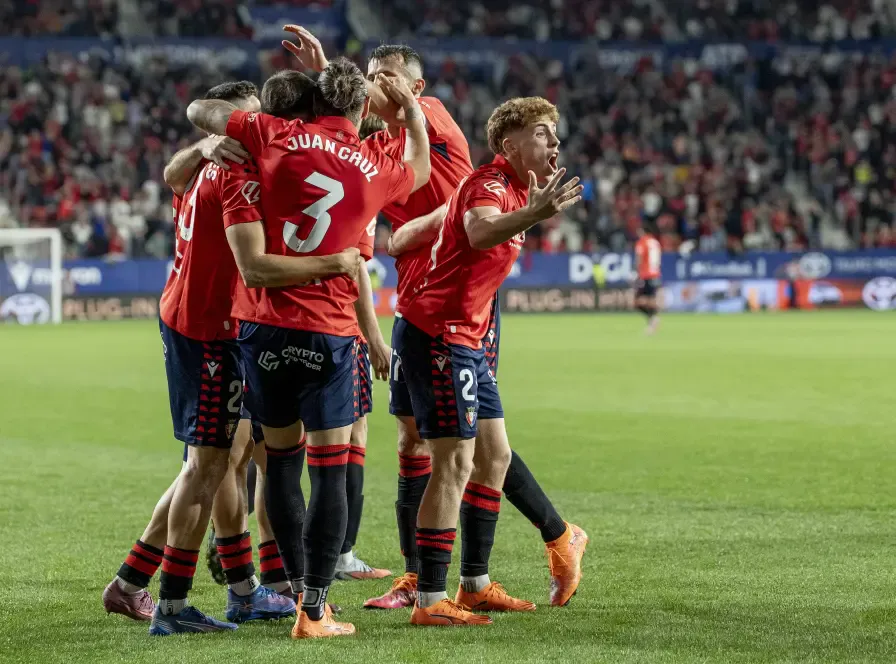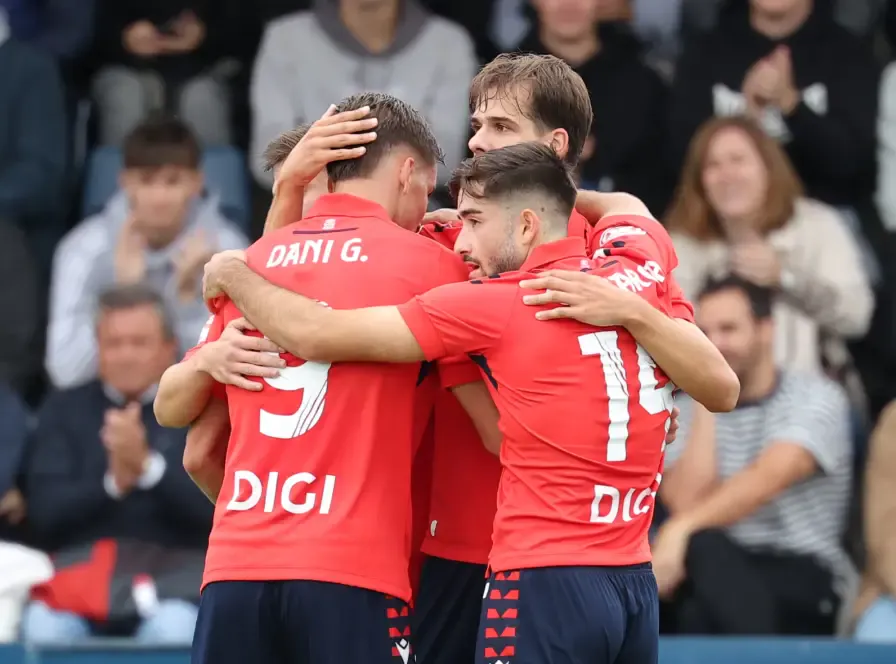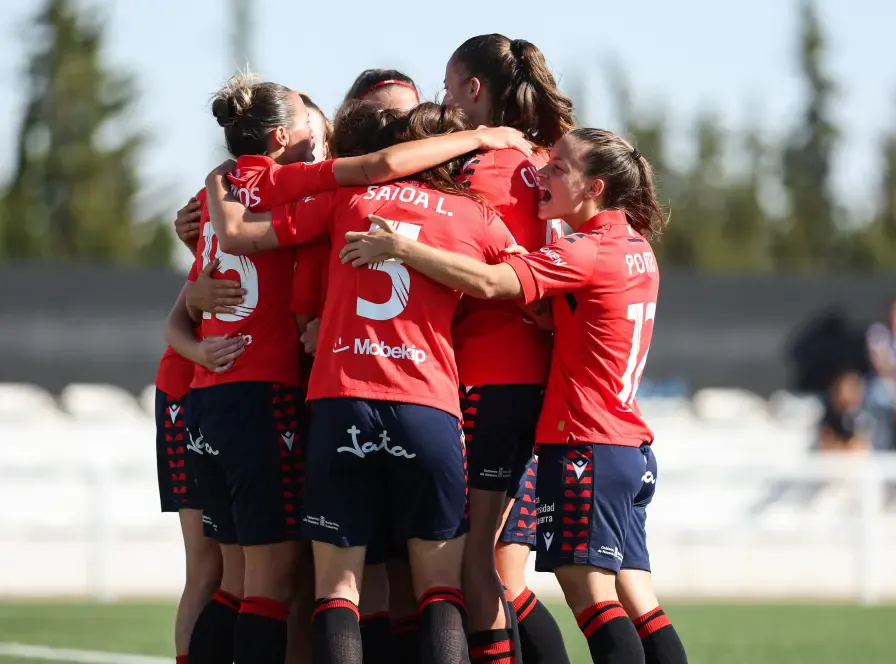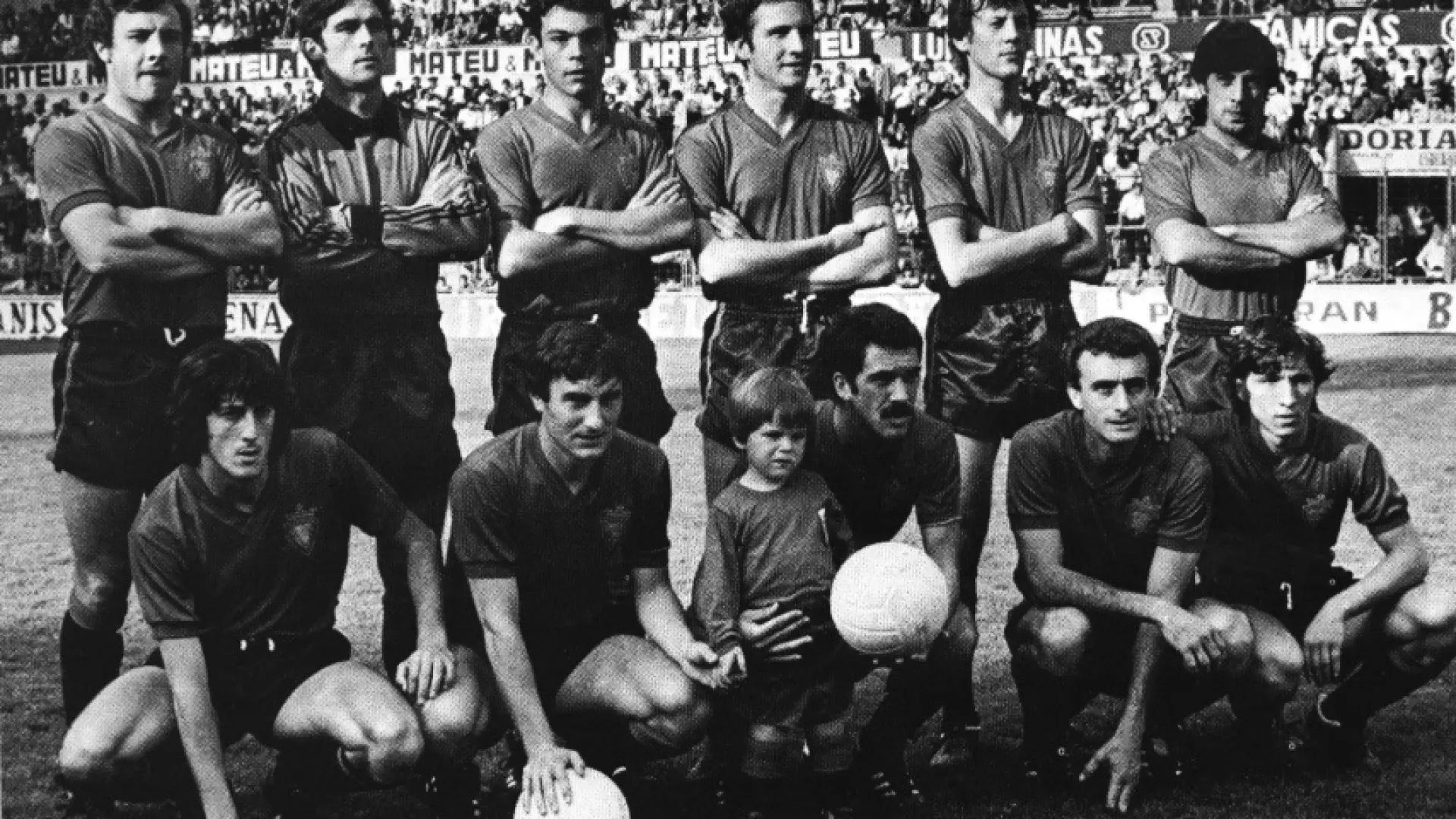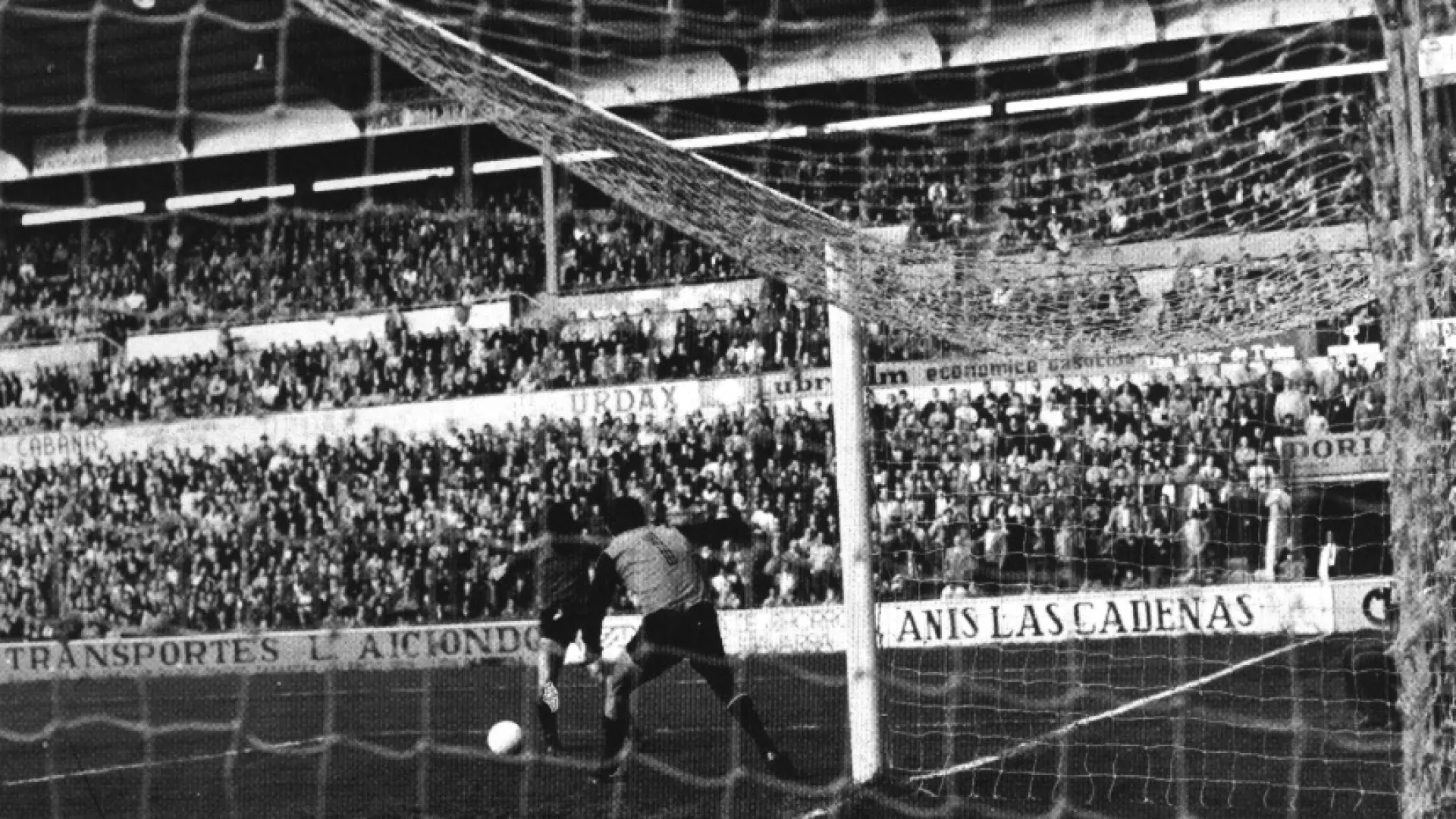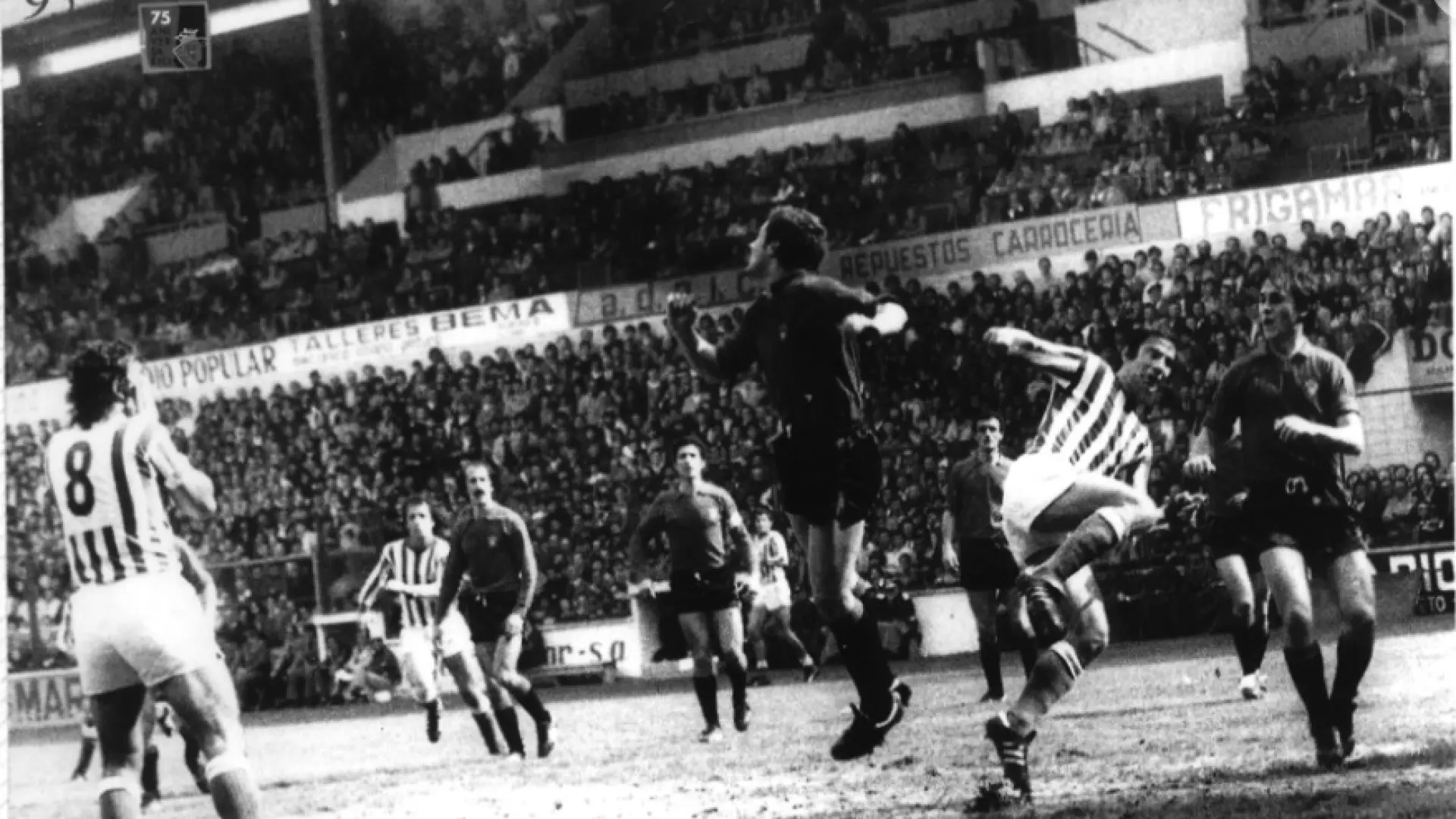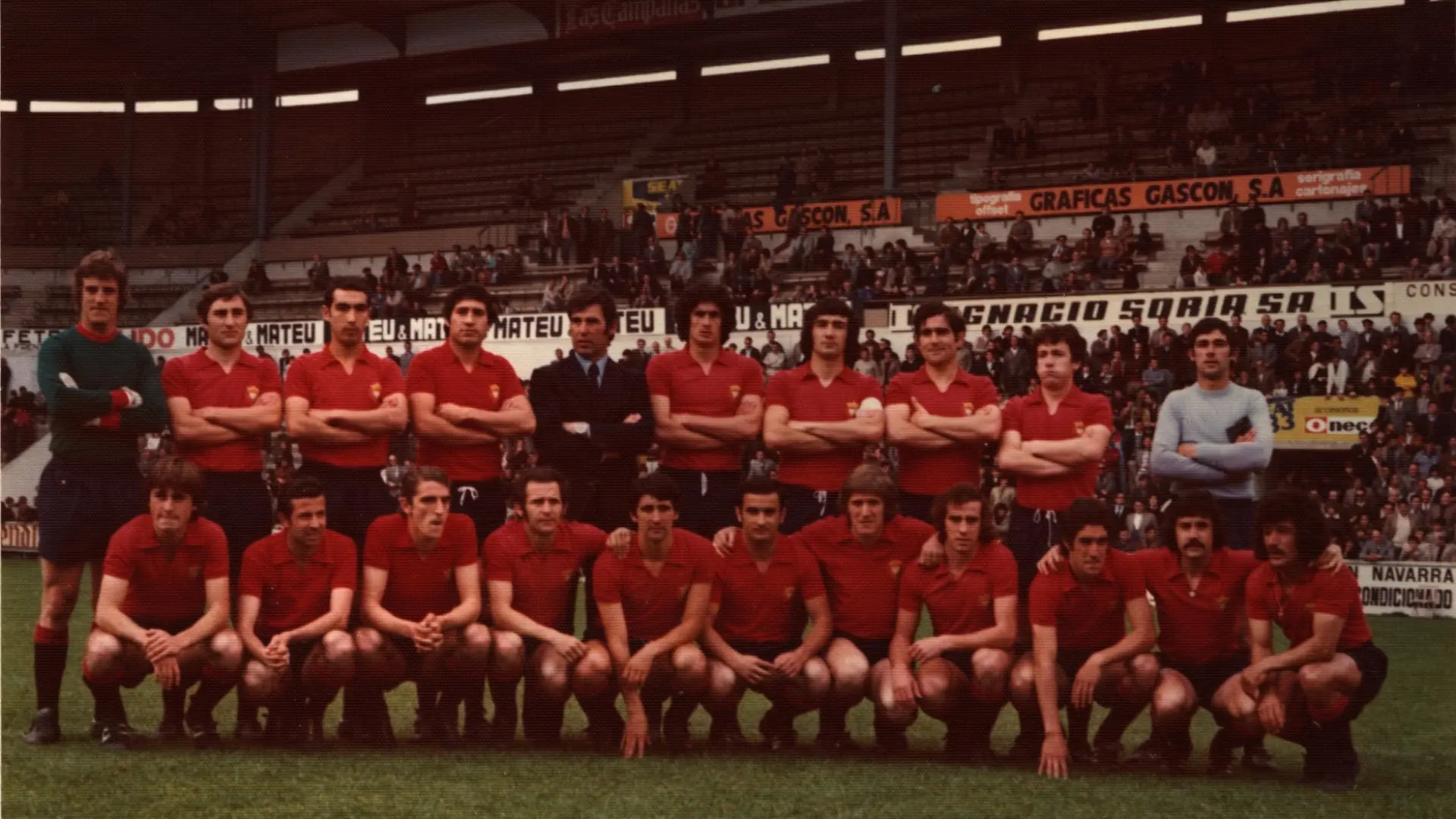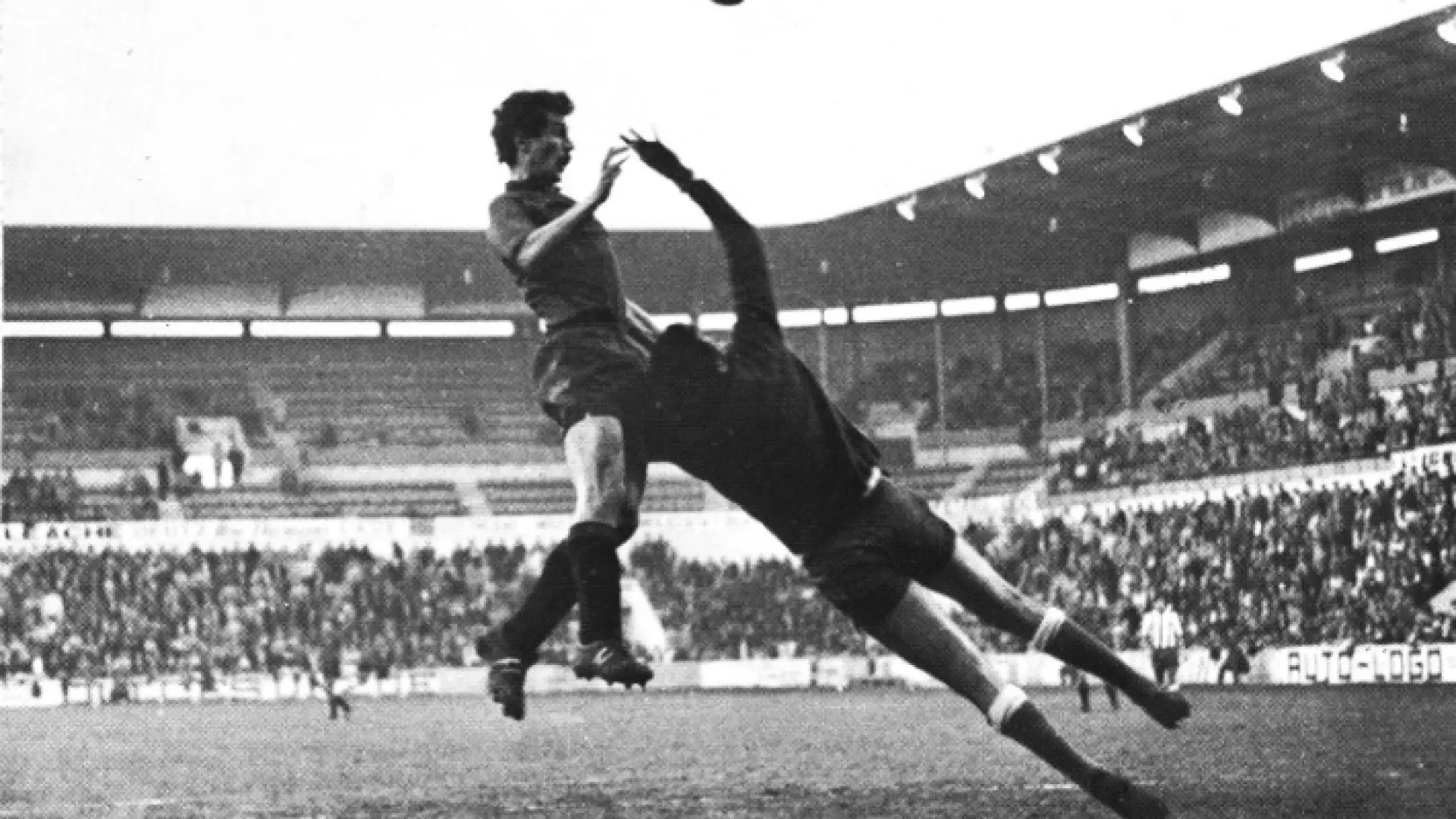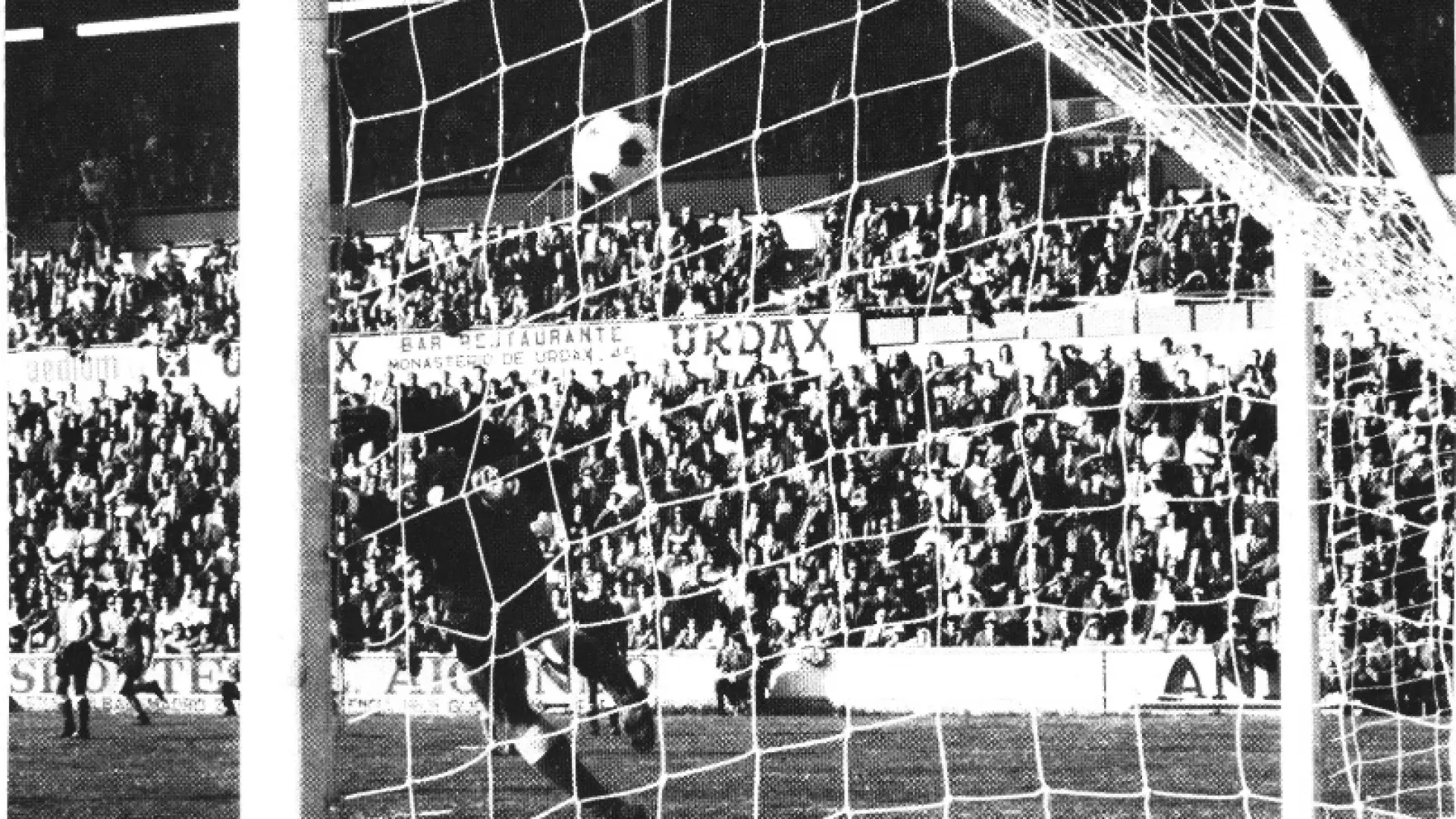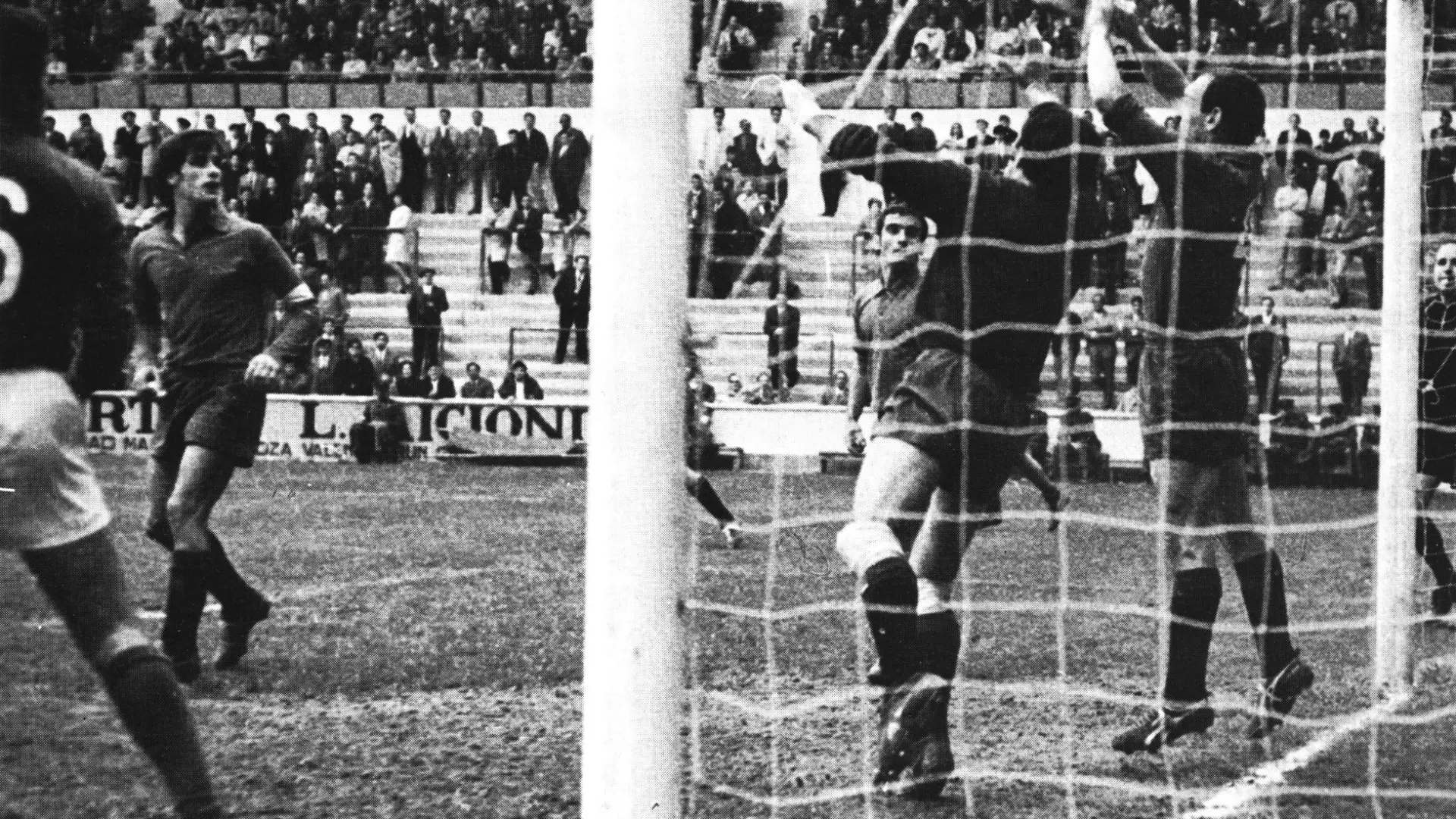1970's
The Wilderness and the Start of the Fermín Ezcurra Era
The 1970s were a challenging decade for Osasuna. Instead of returning to the elite levels of Spanish football, the club struggled to maintain its position in Segunda División, spending six seasons in the second tier and four in the third tier. This decade marked the beginning of Fermín Ezcurra's long tenure as president. Over his 23 years in charge, he transformed the club and elevated it to a new level.
However, the start of his era was not without difficulties. In 1971, as the club faced financial struggles, it approached various institutions in Navarre, including Caja de Ahorros Municipal, where Ezcurra worked, to request a loan. The loan was granted with the stipulation that Osasuna appoint one of its employees to the Board of Directors to oversee financial obligations. This arrangement allowed Ezcurra to step into the club as it languished in Tercera División, with a budget of 20 million pesetas (approximately 120,000 euros) and debts amounting to 60 million pesetas (around 360,000 euros). Due to the club's precarious situation, Emilio García Ganuza resigned from the presidency just months after Ezcurra's arrival, leading to Ezcurra's ascent to president.
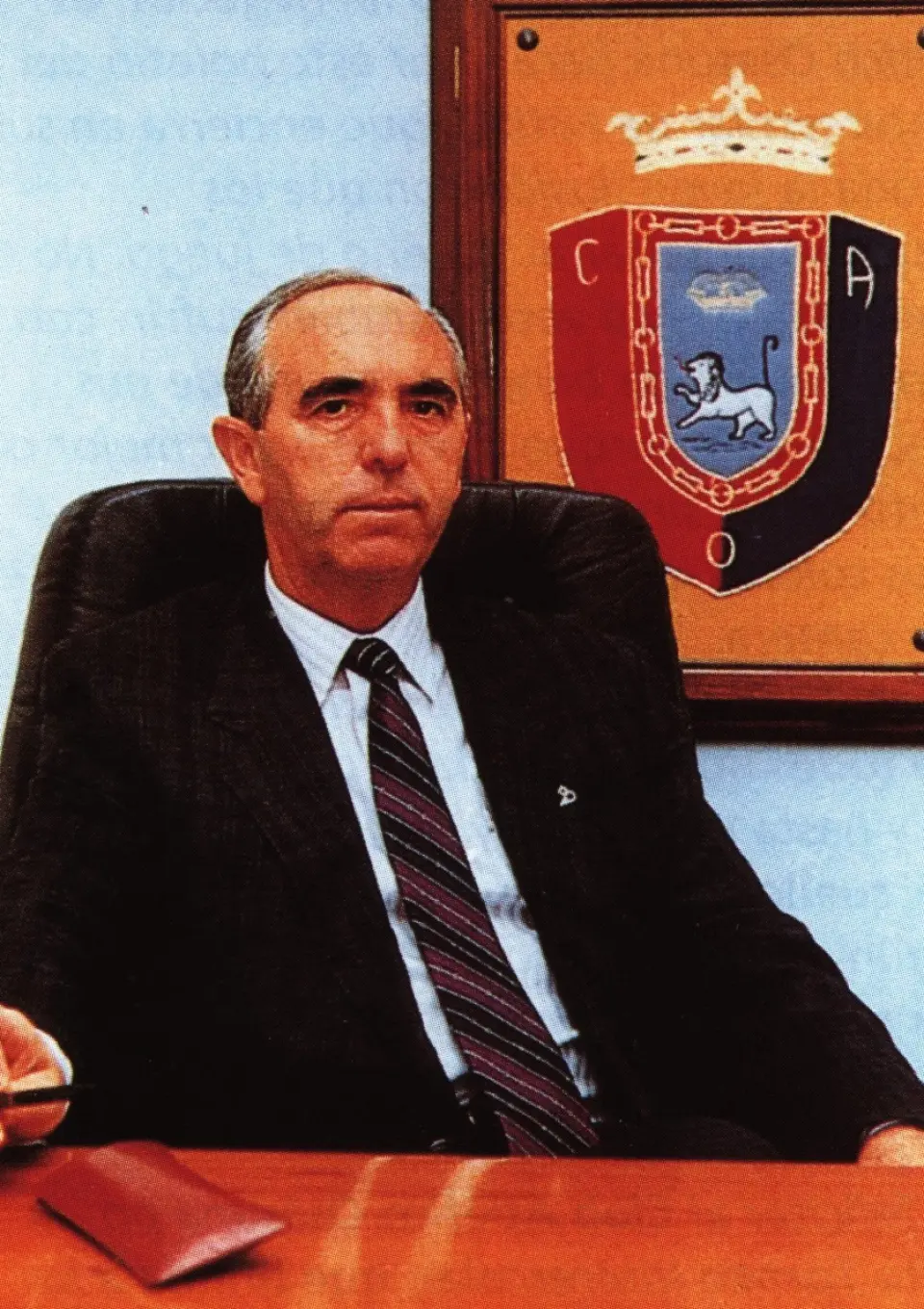
Under Ezcurra's leadership, Osasuna fluctuated between Tercera and Segunda División until it began to resolve its financial issues. Alongside his friend José Delfín Biurrun and the rest of the Board, Osasuna started to see a path forward.
The 1979-80 season marked the end of its hardships, ushering in what many consider a critical period in the club's history. The 1980-81 preseason was pivotal as the club had signed Yugoslav coach Straten Petkovic, but due to bureaucratic obstacles, he never took the helm. Instead, the front office placed their trust in Pepe Alazate, who had just led Sangüesa to success in Tercera División and was initially slated to be Petkovic's assistant.
By the end of the decade, Osasuna was affectionately dubbed ‘Osasuna de los Indios’ (The Osasuna Indians), with Alazate at the helm and an attacking lineup featuring Echeverría, Iriguibel, and Martín. This team played a key role in returning Osasuna to Primera División for the first time in 17 years.
Clemente Iriarte as the leader, and the iconic trio of José Manuel Echeverría, Enrique Martín, and Patxi Iriguibel made a significant impact. Known for their fierce, offensive style, Osasuna's transitioning play overwhelmed opponents at El Sadar Stadium, which became known as the club's 12th player, with Graderío Sur serving as its heart.
On June 1, 1980, Los Rojillos celebrated their return to Primera División after 17 years. The promotion occurred in Murcia, with 4,000 Navarre fans witnessing the victory at La Condomina. Txuma Rández scored the pivotal goal, leading to one of the most significant celebrations in Osasuna's history and marking the beginning of a new era for the club.
